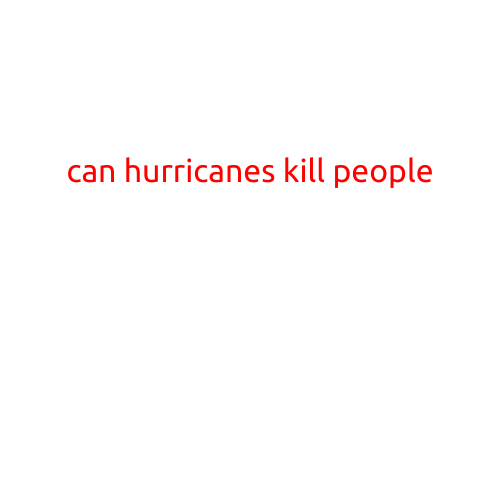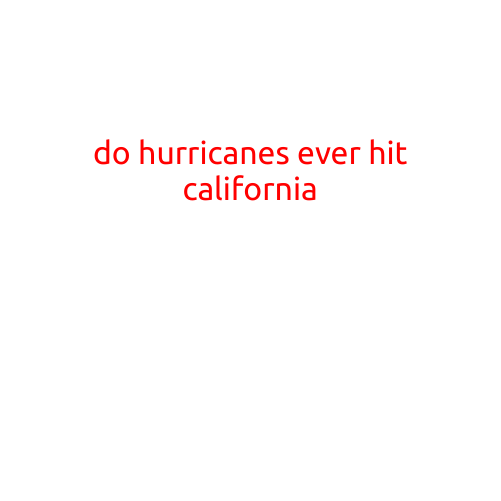
Can Hurricanes Kill People?
Hurricanes are intense tropical storm systems that are characterized by powerful winds, heavy rainfall, and storm surges. The impact of hurricanes can be devastating, causing widespread destruction and loss of life. But can hurricanes actually kill people? The answer is a resounding yes.
The Deadly Consequences of Hurricanes
Hurricanes have been responsible for countless deaths throughout history. In fact, the World Meteorological Organization (WMO) estimates that hurricanes are responsible for an average of 1,000 to 2,000 deaths per year. These deaths can occur in a variety of ways, including:
- Flooding: Rainfall from hurricanes can lead to widespread flooding, which can be deadly. Flooding can occur when heavy rainfall overwhelms drainage systems, causing water to rise rapidly and suddenly.
- Storm surge: A storm surge is a rise in sea level caused by the heavy rainfall and strong winds of a hurricane. This can cause coastal flooding, erosion, and damage to buildings and infrastructure.
- Flying debris: Hurricanes can produce strong winds that can lift debris such as branches, roofs, and siding, and throw them like projectiles. These objects can cause serious injury and death.
- Wind: Hurricanes can also cause direct deaths from wind-related injuries. Strong winds can knock people down, cause buildings to collapse, and down power lines, leading to electrocution.
- Injuries and Illness: Hurricanes can also cause injuries and illnesses in a variety of ways, including injuries from falling objects, traffic accidents caused by poor visibility, and exposure to contaminated water and food.
The Most Deadly Hurricanes in History
Some of the most deadly hurricanes in history include:
- Hurricane Mitch (1998): This hurricane caused an estimated 11,000 deaths in Central America, making it one of the deadliest hurricanes in history.
- Hurricane Katrina (2005): This hurricane caused an estimated 1,800 deaths in the United States, primarily in Louisiana and Mississippi.
- Hurricane Camille (1969): This hurricane caused an estimated 250,000 deaths in Central America, primarily in Nicaragua and Honduras.
- Hurricane Audrey (1957): This hurricane caused an estimated 400 deaths in the United States, primarily in Texas and Louisiana.
- Hurricane Allen (1980): This hurricane caused an estimated 3,000 deaths in the Caribbean, primarily in Mexico and Haiti.
How to Stay Safe During a Hurricane
While hurricanes can be deadly, there are steps you can take to stay safe:
- Evacuate if ordered to do so: If you are in a flood-prone area or have been ordered to evacuate, do so immediately.
- Stock an emergency kit: Make sure you have enough food, water, and medical supplies to last for at least three days.
- Stay informed: Monitor local news and weather reports for updates on the storm’s track and intensity.
- Conduct regular home maintenance: Make sure your home is in good repair and free from hazards such as loose debris and fallen branches.
- Plan for alternative power: Consider purchasing a portable generator or investing in a solar-powered system to ensure you have a reliable source of power during a hurricane.
Conclusion
Hurricanes can be deadly, but with proper preparation and planning, you can minimize your risk of harm. It is essential to stay informed and take necessary precautions to ensure your safety during a hurricane. By following the tips outlined in this article, you can help protect yourself and your loved ones from the dangers of hurricanes. Remember, preparedness is key to survival during these powerful storms.





